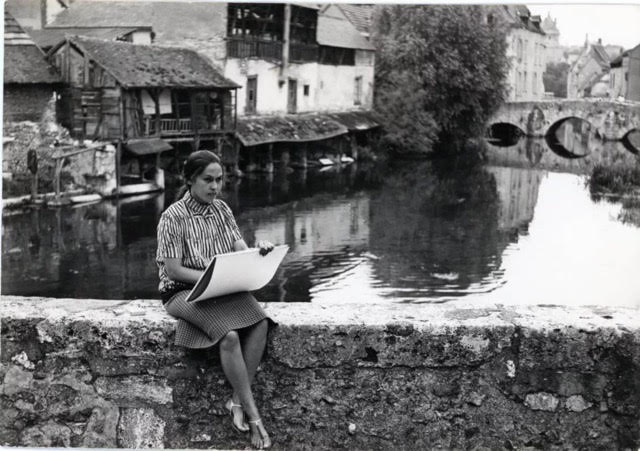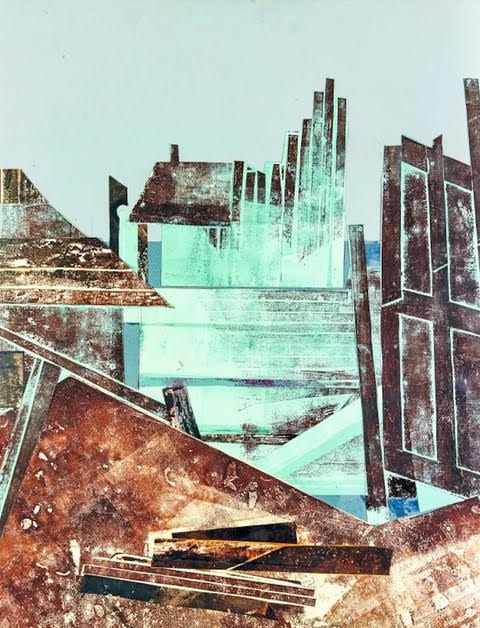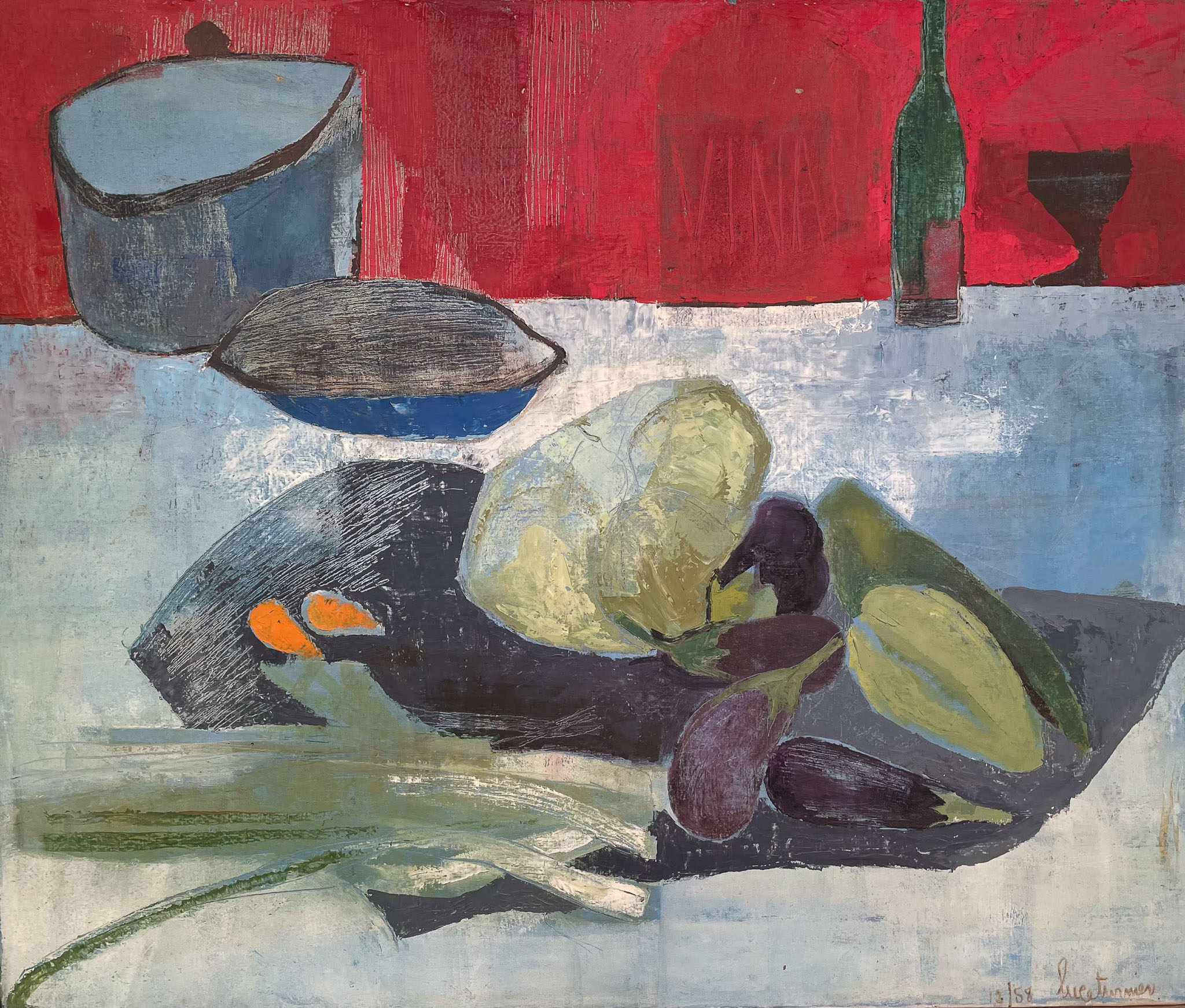Postcard From Haiti: May 2025 by Rick Forgham
“A Haunted Power” is the phrase used by the reviewer writing for The Art Newspaper when describing the works by Luce Turnier that are captivatingly presented in Paris Noir: Artistic Circulations and Anti-Colonial Resistance, 1950 - 2000, presently at Le Centre Pompidou, Paris, through June 30th. This important recognition of Luce Turnier, who is perhaps Haiti’s most important female modernist artist, collagist, and painter, is most certainly deserved, welcomed, and long overdue. Born in Jacmel, Haiti, in 1924, Luce Turnier joined The Centre d’Art in Port-au-Prince as an art student in 1944. Preferring to paint still lifes and portraits, her work had a sophistication that differed from the vivid works created by her fellow, mostly male artists, who, for their part, were rapidly gaining notoriety with their depictions of Voudou, country life, and paintings of tropical landscapes.

As a result of her visible growth as an artistic talent, young Luce Turnier was awarded several scholarships to travel to New York in order to further her artistic development and education. At the conclusion of her stay in New York, she was prophetically offered the following advice, “Travel to Paris - for France is a country of painters.” Acting on this suggestion, she left New York for Paris and remained there until 1955. While in Paris, she was able to attend art classes and immerse herself in developing her modernist aesthetic. All of this was made possible thanks to the generous support of her family, along with a modest grant.
Later, as is often the case with members of the artistic diaspora, she would travel frequently between New York, Paris, and Port-au-Prince. It was during the years between 1960 and 1977, while back in Paris, that she created the mesmerizing works that are currently on exhibit at Le Centre Pompidou. These pieces are her collages that she ingeniously fashioned using discarded sheets of mimeographed paper. Notably, Luce Turnier’s collages, accompanied by a brief video interview conducted in Haiti in the 1980s, are the first work by a female artist that visitors to the exhibit encounter. Displayed in an area of the exhibition devoted entirely to abstraction, the artfully composed collages evoke the post-war building projects that were taking place in Paris at the time that the pieces were created. Then, further into the exhibit, Luce Turnier’s powerful - almost monochromatic - Portrait of Yanick Lahens is displayed in proximity to yet another video presentation.

Aubergines - painted by Luce Turnier in December of 1958 - has been in our home since 1997 and will always be one of our most cherished paintings. Luce's subtle use of color, with the exception of the two orange carrots and the vivid red background, provides us with a tableau of calm. The center of the painting, directly above the vegetable composition, has an ethereal “glow’ which she created by smoothly applying the white pigment with a palette knife, thus creating a glazed effect. Texture comes into play through her effective use of scratch marks, which appear on the leeks, the work surface, the eggplants, and the cooking pot, along with its overturned lid. Her ability to use modernist abstraction to great effect shows in her depiction of the wine glass, the bottle of wine, and the cookware. Lastly, the element that is touching in its deftness of execution is the faint shadow of a larger bottle of wine that is finely inscribed with the word: “VINA”. It can be fun to imagine Luce perhaps offering a toast, “To good times," to the viewer with this simple yet intentionally visible inscription in her own handwriting.
So here’s to you, Luce Turnier. Congratulations to you for being a part of Paris Noir and by extension, representing Haiti, on the walls of Le Centre Pompidou in this evolutionary and a groundbreaking exhibit.
Rick Forgham, May 2025
